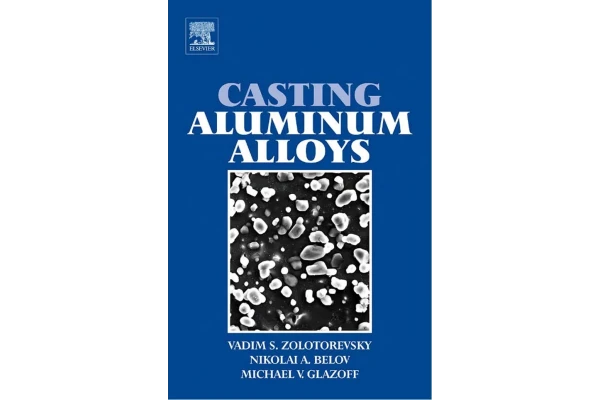
By definition, casting alloys are materials used for the production of shape castings, that is aluminum alloy products with complex geometrical shape(s). Casting
aluminum alloys are quite widespread and find more and more applications in
modern industry.
According to different estimates, up to 20–30% of all aluminum products
manufactured worldwide are used for shape castings. Suffice it to say that in
addition to such giants as Alcoa Inc. and Alcan, there are literally hundreds of cast
houses in North America. Aluminum castings are also manufactured by different
companies that specialize in end materials/products other than aluminum (e.g.,
General Motors, Ford, etc.)
Aluminum castings can be and indeed are produced with very substantial
amounts of recycled aluminum scrap. For example, in the USA,Western Europe,
and Japan up to 75–80% of the overall alloy mass comes from recycled aluminum/scrap. This is several times higher than the corresponding numbers for
wrought aluminum alloys. Earlier it was hypothesized that the general level
of properties required of cast aluminum products was lower, and they were
used mostly for the production of non-critical (e.g., not heavily loaded) parts.
Indeed, for such parts the application of recycled aluminum with elevated levels
of impurities was quite acceptable.
However, during the last 10 or 15 years this situation has started to change.
Due to considerable improvements in casting technologies, now it is possible to
produce high-quality castings with properties that are comparable to those of
similar wrought products. Moreover, this can be done not only for high-quality
alloys, but also for those manufactured with substantial amounts of aluminum
scrap. In the latter case the advantage, of course, is in lower production costs.
Significant improvements in the quality of shape castings were achieved due to
improved production processes. Today it is possible to employ modern methods
of molten metal handling, which result in dramatic reduction of harmful nonmetallic impurities. Hot isostatic pressing is used to reduce shrinkage porosity. All
these,and many other,innovations result in significant improvement of aluminum
shape casting quality.
دیدگاه خود را ثبت کنید